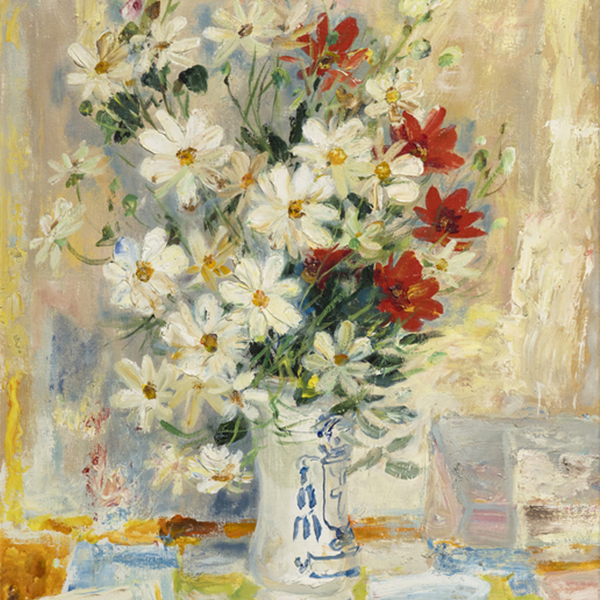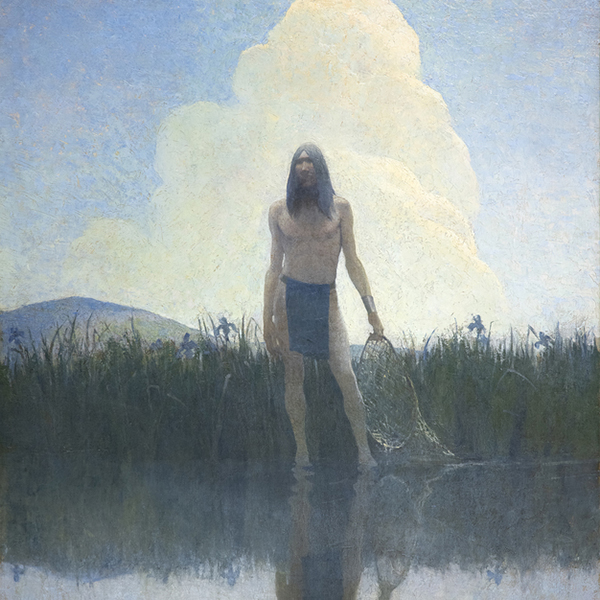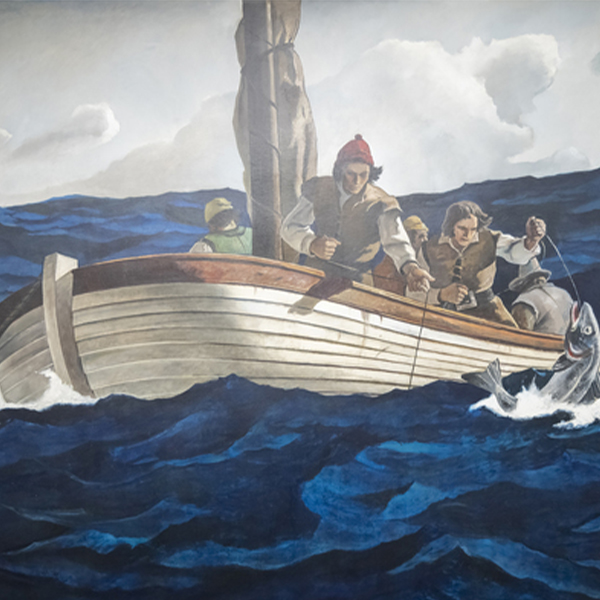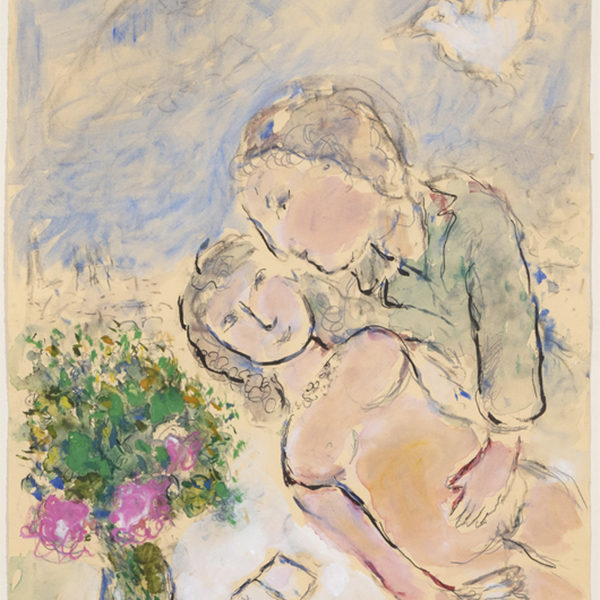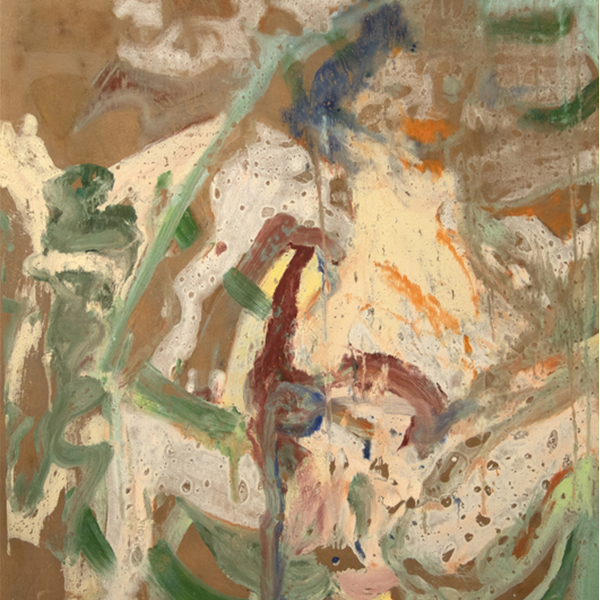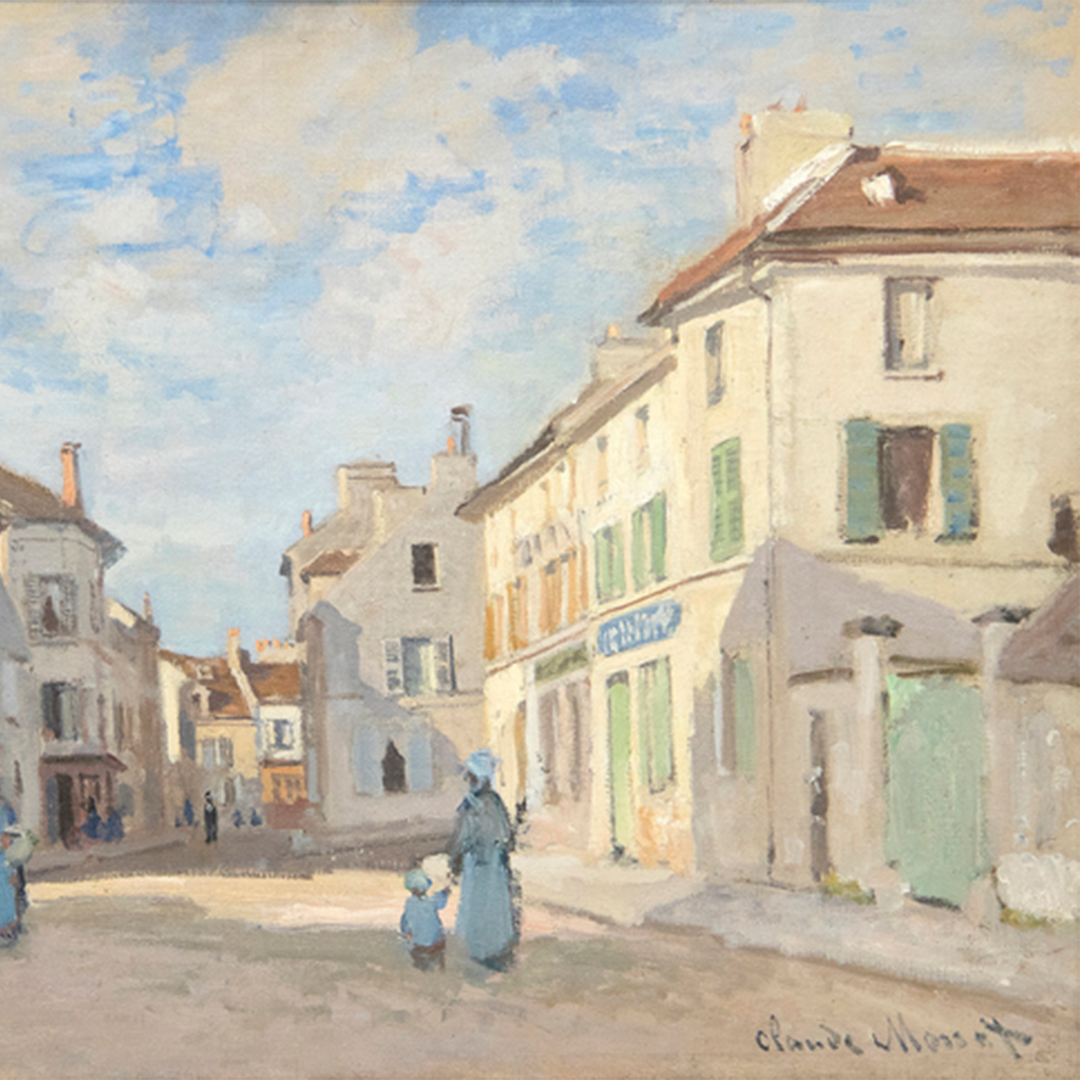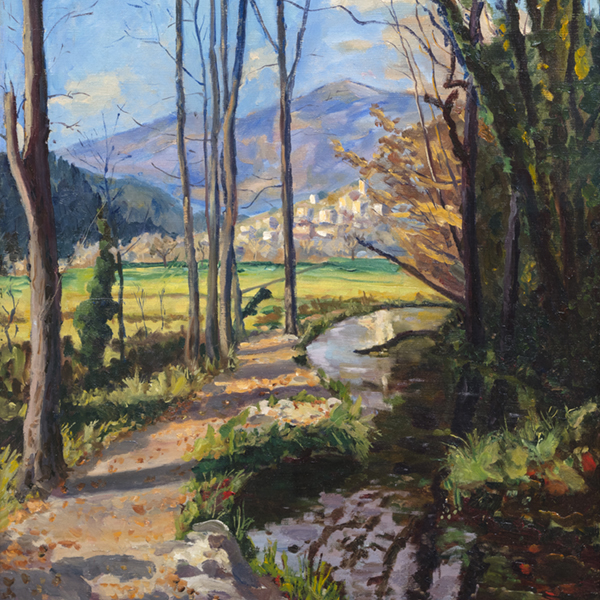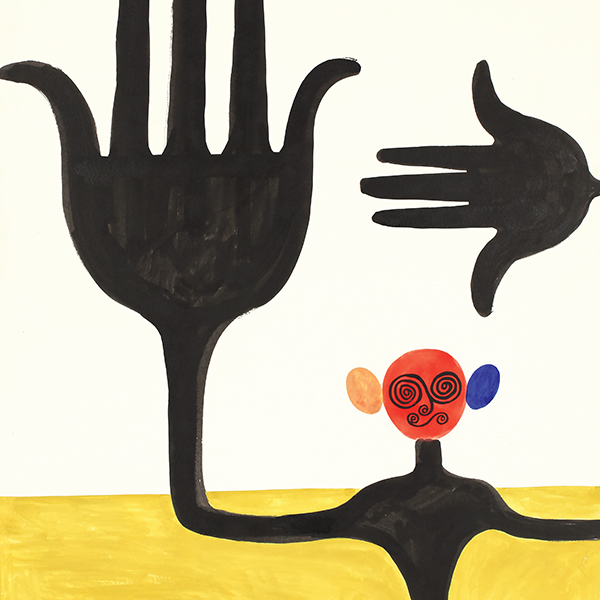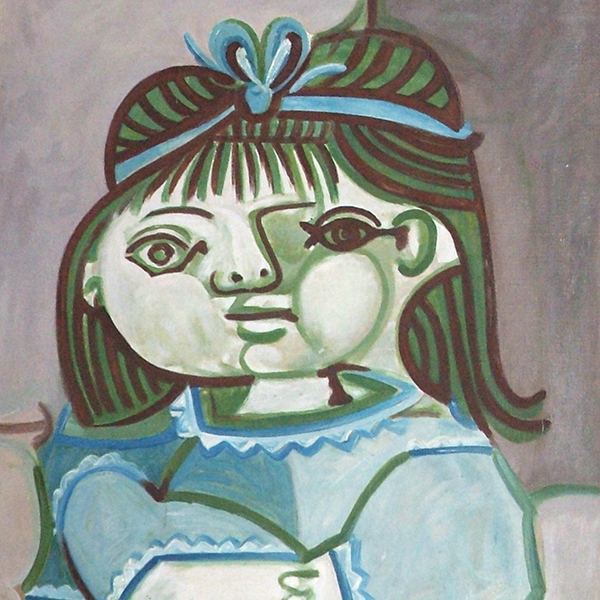Por favor, póngase en contacto con la galería para obtener más información.
Exposiciones actuales
2024
2023
2022
2021
2020
2019
2018
2016
2015
2014
2011
2010
2009
DATOS CLAVE
- Este cuadro representa a la hermana de Wood, Nan Wood Graham, que también aparece en el cuadro más famoso del artista, Gótico americano (1930).
- Se trata de uno de los cuadros más significativos de la obra de Wood y, según el Dr. Henry Adams, estudioso de Grant Wood, es "una de las últimas obras importantes de Grant Wood en manos privadas".
- Wood conservó el retrato de Nan en su colección personal y lo colocó en un lugar destacado del salón de su casa de Iowa City.
- Los cuadros de Grant Wood -especialmente sus retratos- son increíblemente raros. Sólo dos retratos al óleo acabados han aparecido en subasta y ningún retrato realmente comparable se ha vendido nunca públicamente.
- Un paisaje al óleo de sólo un año después, Spring Plowing (1932), se vendió por 6.960.000 USD en 2005. Solo tiene la mitad de tamaño que Retrato de Nan.
- Este retrato cuenta con un amplio historial de exposiciones, incluida una muestra en el Whitney Museum of American Art en 2018: Grant Wood: American Gothic and Other Fables.
RARIDAD
- Después de pintar American Gothic en 1930, Wood pintó sólo un puñado de obras cada año, produciendo poco más de 30 cuadros de madurez en su vida debido a su temprana muerte en 1942, con sólo 50 años de edad.
- Los cuadros de Grant Wood -especialmente sus retratos- son increíblemente raros. Sólo dos retratos al óleo acabados han aparecido en subasta y ningún retrato realmente comparable se ha vendido nunca públicamente.
- Según el estudioso de Grant Wood, Dr. Henry Adams, ésta es "una de las últimas obras importantes de Grant Wood en manos privadas".
- De la obra de Grant Wood, el Dr. Adams ha comentado que "su trabajo es casi tan raro como el de Vermeer".
HISTORIA
Grant Wood es considerado por muchos estudiosos, conservadores y coleccionistas el padre del Regionalismo estadounidense. El estilo presenta escenas y temas campestres y vuelve al arte figurativo cuando el Modernismo europeo y las Vanguardias parisinas se estaban imponiendo. La modelo de esta obra es la hermana de Wood, Nan, que le sirvió de modelo y apareció en varias obras, incluido su cuadro más famoso, Gótico americanode la Colección del Instituto de Arte de Chicago.
Pocas obras de Grant Wood de esta complejidad e importancia han aparecido fuera de las colecciones de los museos, y mucho menos se han puesto a la venta. Este retrato es uno de los cuadros más significativos de la obra de Wood. El Dr. Henry Adams, estimado estudioso de Grant Wood, afirmó que Retrato de Nan es "una de las últimas obras importantes de Grant Wood en manos privadas".
Retrato de Nan formó parte de la colección del artista hasta su muerte y es también el único cuadro que conservó, y el único cuadro de su casa, ya que llegó a elegir el mobiliario y la alfombra para complementar el cuadro que colgaba en su salón de Iowa City.
El Dr. Henry Adams describe este cuadro como "un colgante de su pintura más famosa", Gótico americano de 1930″. Adams especula además que Retrato de Nan pretendía rectificar la imagen pública de Nan después de Gótico americano pintado el año anterior, que se había hecho famoso y, al hacerlo, había insinuado una (falsa) relación extramatrimonial entre los dos sujetos (Nan y su dentista familiar).
Retrato de Nan es el último retrato del artista de su primera época, el colofón al periodo en el que creó Mujer con plantas y American Gothic. A partir de 1930, el artista sólo pintó unos pocos cuadros al año, por lo que los óleos terminados de cualquier tema son una auténtica rareza.
El estilo de este retrato es una fusión entre el retrato estadounidense contemporáneo (de la época) y el del siglo XIX: "la pesada cortina que enmarca el retrato, el fondo austero, el formato oval [de los retratos favorecidos en las épocas colonial y de Victoria] y la silla de la época federal evocan muchos de los elementos formales que se encuentran en la pintura popular estadounidense del siglo XIX"
Las pinturas de Grant Wood de este período fueron influenciadas por su reciente viaje a Europa y el arte del Renacimiento del Norte que vio allí en 1930, cuando se alejó del estilo académico/impresionista de su juventud y desarrolló su estilo maduro que celebraba temas del Medio Oeste. El presente cuadro ha sido objeto de numerosas exposiciones, incluida una muestra en 2018 en el Whitney Museum of American Art de Nueva York: Grant Wood: American Gothic and Other Fables .
LOS MEJORES RESULTADOS EN LAS SUBASTAS
CUADROS EN COLECCIONES DE MUSEOS
AUTENTICACIÓN
Nan Wood Graham escribió La historia de mi retrato en julio de 1944. En esta carta, explica los motivos que llevó a Wood a pintar su retrato, cómo eligió el pollito y la ciruela como elementos visuales y, con humor, relata las largas noches que pasó sentada con el pollito en la mano.
GALERÍA DE IMÁGENES
CONSULTAR
TAMBIÉN TE PUEDE GUSTAR


















